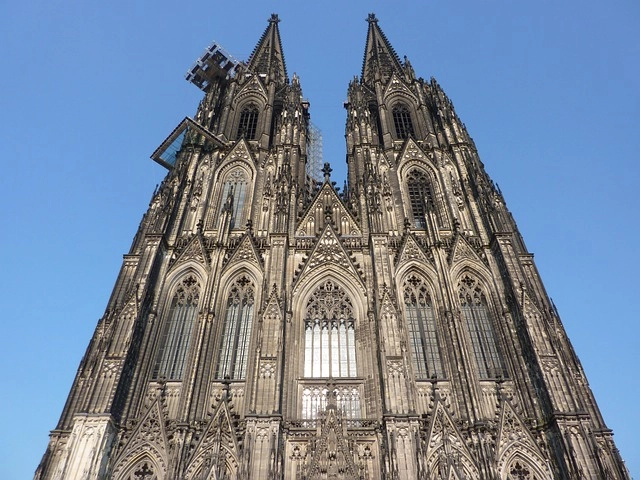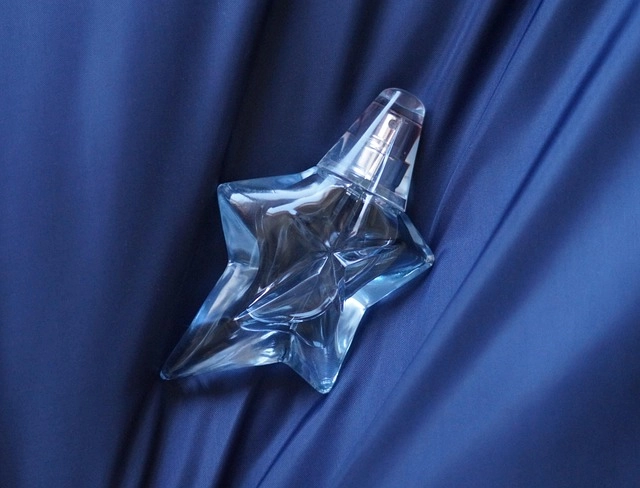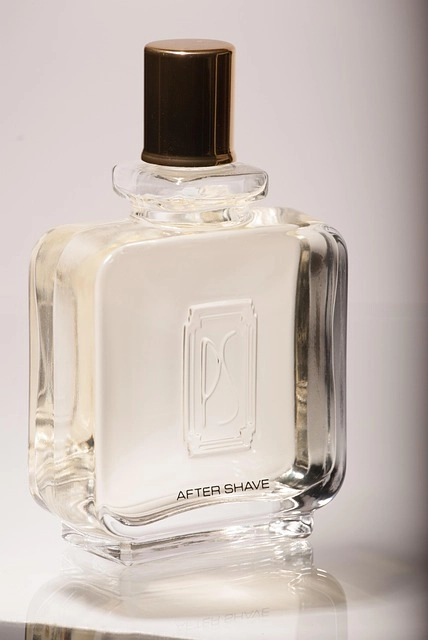Chanel Perfume adapts to climate and cultural preferences, offering lighter scents for warmer regions and deeper fragrances for colder climates. This strategy caters to diverse tastes globally, solidifying Chanel's position as a leader in the perfume industry with a universal yet localized approach. Temperature impacts scent intensity, influencing choice of Chanel Perfume or Cologne for optimal olfactory experiences tailored to season and environment.
“Curious about how Chanel Perfume behaves in diverse climates? This article explores the intriguing connection between fragrance, weather, and culture. We delve into the unique ‘fragrance notes’ of Chanel, examining how global preferences adapt to regional climates. From temperature’s impact on scent intensity to cultural perceptions shaped by climate, discover why Chanel’s allure varies across the globe. Understanding these factors reveals a complex world where weather meets artistry, specifically focusing on the iconic Chanel Perfume.”
- Chanel Perfume: Fragrance Notes and Climate Sensitivity
- Global Perfumery: Adapting to Regional Preferences
- Temperature's Influence on Scent Intensity
- Cultural Perception: Climate and Chanel's Appeal
Chanel Perfume: Fragrance Notes and Climate Sensitivity

Chanel perfume, renowned for its exquisite fragrances, offers a unique experience that can vary depending on the climate. The scent notes within each Chanel fragrance are carefully crafted to evoke specific emotions and memories, which can be influenced by environmental factors. For instance, lighter, fresher scents like Chanel Cologne might be more appealing in warmer climates, providing a cooling sensation amidst the heat. Conversely, deeper, richer fragrances with woody or spicy notes could enhance colder weather, creating a cozy atmosphere.
Understanding this sensitivity to climate is essential when selecting a Chanel perfume for different seasons. The same scent can unfold differently on the skin throughout the year, revealing layers of aroma that adapt to the surrounding temperature and humidity. This adaptability is one of the reasons why Chanel perfumes remain popular across various regions, catering to diverse preferences while maintaining their distinctive quality.
Global Perfumery: Adapting to Regional Preferences
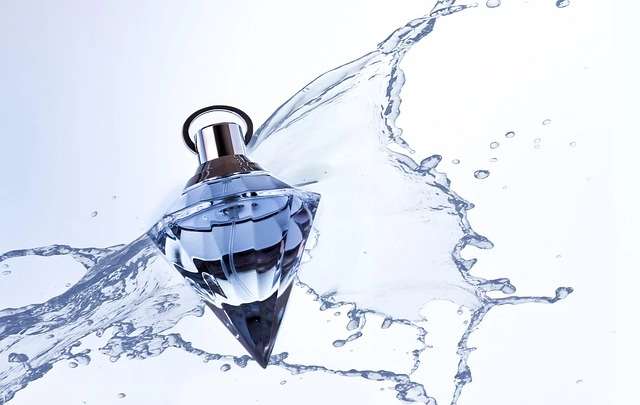
In the realm of global perfumery, adaptation to regional preferences plays a crucial role in brand success. Take Chanel Perfume as an example; while its iconic scent remains consistent worldwide, the brand cleverly tailors its marketing and product offerings to suit diverse climates and cultural nuances. In hotter regions, for instance, lighter fragrances like Chanel Cologne might gain more popularity due to their refreshing and airy notes, providing a respite from the heat. Conversely, in cooler environments, richer, warmer scents could dominate, appealing to the desire for cozy, comforting aromas during colder seasons.
This strategic approach not only caters to local tastes but also ensures that Chanel maintains its cosmopolitan appeal. By understanding climate-specific preferences, the brand can create a harmonious blend of universality and localization, ensuring its perfumes remain desirable across various geographic settings. This strategy is particularly evident in their diverse product lines, which offer something for every palate and season, solidifying Chanel’s status as a global leader in the perfume industry.
Temperature's Influence on Scent Intensity
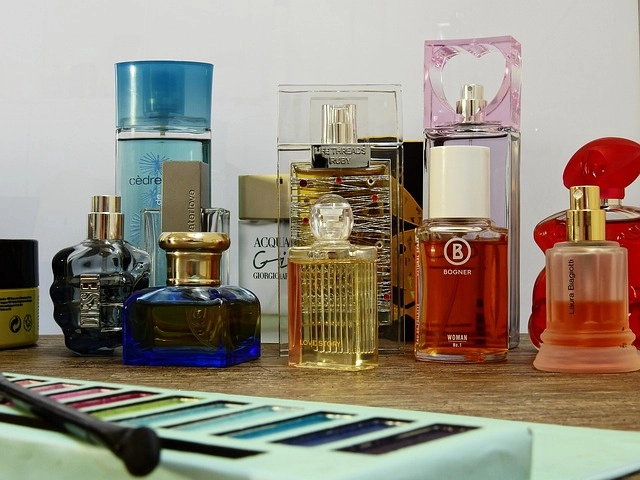
Temperature plays a significant role in how scents are perceived, especially when it comes to fragrances like Chanel Perfume or Chanel Cologne. In warmer climates, perfumes often tend to intensify and project more prominently due to higher ambient heat. The chemical compounds that make up these scents become more volatile at elevated temperatures, causing them to evaporate faster and disperse further from the source. This can result in a stronger, more noticeable scent trail throughout the day, making it ideal for summer seasons or hot environments.
In contrast, colder climates might dull the olfactory experience slightly. As temperature drops, the volatiles in perfumes tend to move slower, reducing their reach. This doesn’t mean that Chanel scents lose their charm; instead, they may become more subtle and intimate, wafting gently around the wearer rather than filling a room with their presence. Understanding this climate-scent interaction can help wearers choose the most suitable fragrance for different seasons, ensuring an optimal olfactory experience tailored to the environment.
Cultural Perception: Climate and Chanel's Appeal

The appeal of Chanel Perfume, or Chanel Cologne as it’s sometimes referred to, isn’t just about its scent. It’s deeply intertwined with cultural perceptions and climate influences. In warmer climates, the light, fresh notes of Chanel fragrances are particularly refreshing. They evoke images of sun-drenched days at the beach or breezy walks through lush gardens, offering a sense of escapism and serenity. Conversely, in cooler seasons, richer, more intense scents can create a cozy atmosphere, reminding wearers of snuggly evenings by the fireplace or strolling through crisp autumn foliage.
This interplay between climate and Chanel’s appeal lies in the brand’s ability to cater to diverse preferences while staying true to its signature elegance. Whether it’s a light, floral scent for warmer days or a deeper, more complex fragrance for cooler weather, Chanel Perfume has earned its place as a versatile companion across various cultural settings and seasonal shifts.
